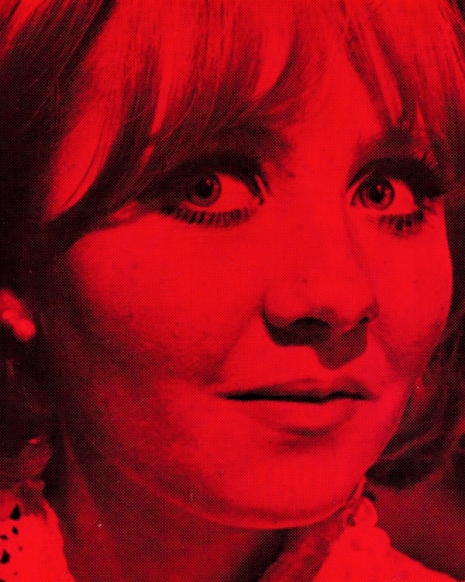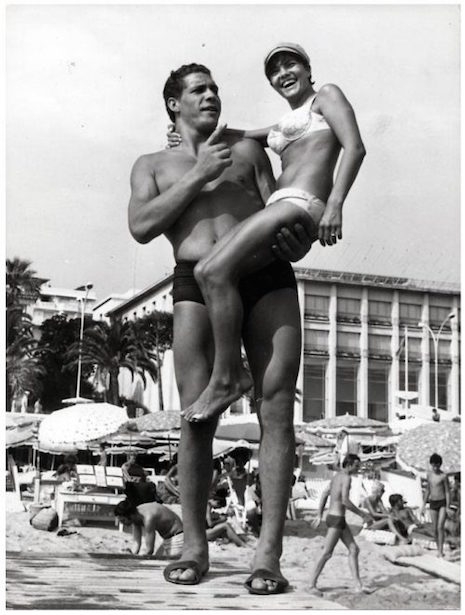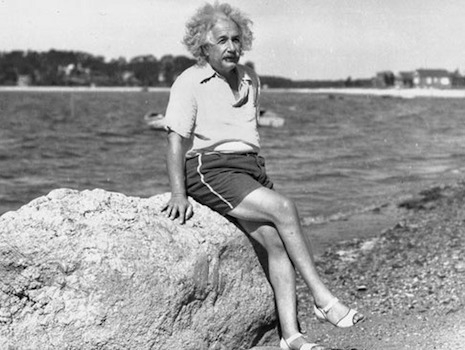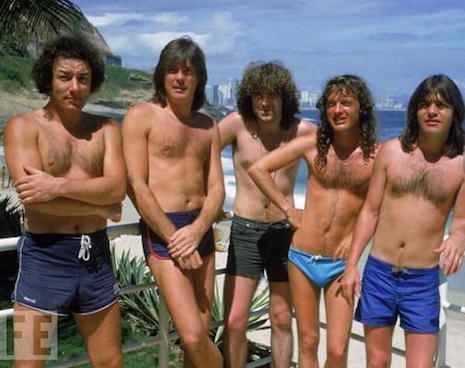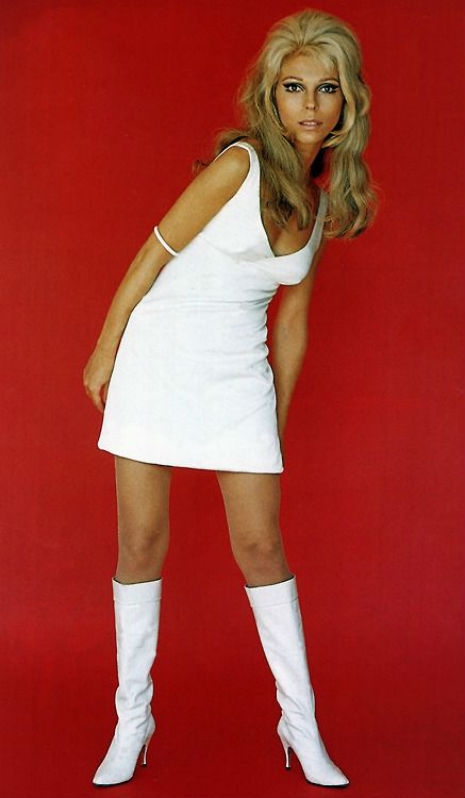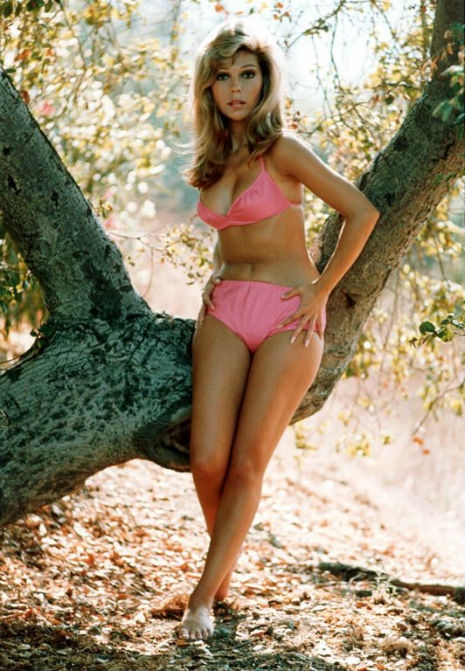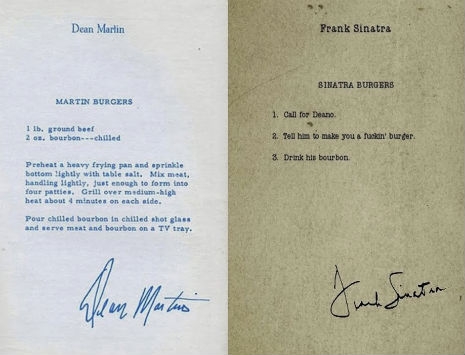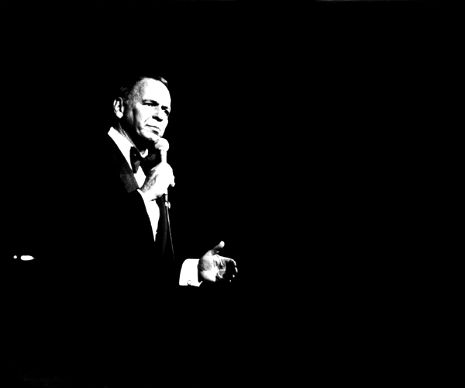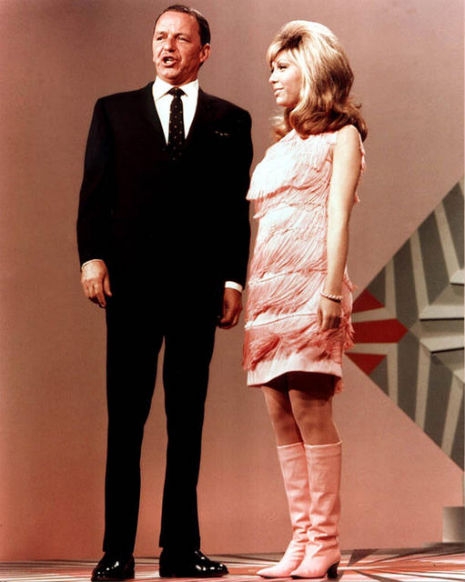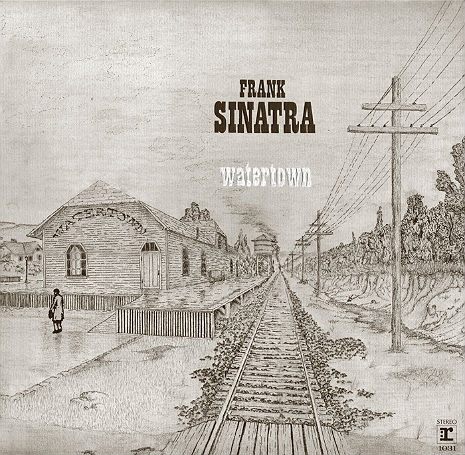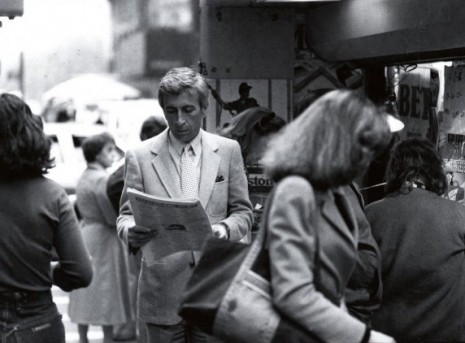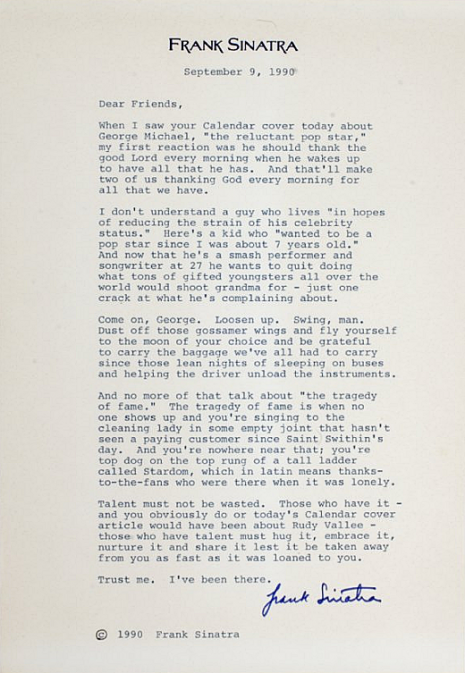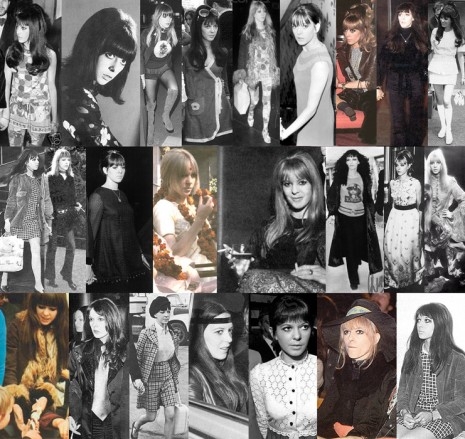
It’s easy to understand why tribute compilations proliferated in the ‘90s—they had all the upsides of label comps but with the added benefit of a marquee name to advertise. A small label could put out an album “by” someone like KISS, Hendrix, Neil Young, or Tom Waits, give about half the record over to unknowns that needed exposure, then load it with familiar names who could reliably sell the thing. (Sonic Youth were on so many of these it’s a wonder they had time to make their own records in the ‘90s; a friend of mine once joked that someday there’d be a Sonic Youth tribute album on which Sonic Youth would cover themselves.) The result of that fad for tribute comps is a very nearly bottomless well of mutant music—beautifully counterintuitive remakes of artists who’ve since achieved classic status, gems by obscure bands that await rediscovery, and iconoclastic tweaks to canonical sacred cows.
In 1993, the independent Grass Records label—a short-lived concern probably best known for early releases by the Toadies and Brainiac before it evolved in 1997 into Wind-Up Records and cursed the world with fucking Creed and Evanescence—released Chairman of the Board, a four-sided blowout in tribute to Mr. Francis Albert Sinatra. The vinyl had 26 cuts, of which, strangely enough, only four were by groups from the label’s regular roster, though the 2XCD boasted far more expansive 41 songs. True to typical form, the comp sported interesting underground acts like Treepeople, Crust, and Ritual Device, pop-punk/emo champs like Samiam, Down By Law, and Screeching Weasel, and much bigger deals like Girls Against Boys and Flaming Lips (no Sonic Youth on this one, it’s an outlier). It also sports cover art in classic ’90s my-nephew-just-got-a-computer-he’ll-do-it-cheap style, and amusing liner notes by comic/magician Penn Jillette:
”Ignorance of your culture is not considered cool.”
The Residents said it, I believe it and that settles it. So, I read the New York Times every day, watch CNN “Headline News” most every day and Robin Byrd twice a week. I listen to at least part of about 7 CD’s, read Screw and watch about a half hour of MTV and Letterman every week. I read political stuff from CATO and CSICOP every month. And I’m not even close, I fall behind.
Sinatra is a part of our culture about whom I know jack shit. Let’s see, Sinatra…on the upside, they say he ate ham and eggs off a hooker’s tits and got blown by Bette Davis (or was it Tallulah Bankhead? You see? Jack shit.). On the downside, when I saw him at Radio City performing with an almost dead Sammy he seemed to hate us much more than the Sex Pistols pretended to hate us.
What do I know about Zonic Shockum? Jack shit.
I have enough trouble keeping up with the hacks of my generation without having to learn about an old generation’s hacks like Sinatra and the hacks of your generation.
So here’s a compilation that will give us a passing knowledge of some newish bands and Sinatra at the same time. When someone talks about Chicago being a “toddling town” you may not know whether they’re quoting Sinatra or Screeching Weasel—and you still won’t know what “toddling” means—but at least you’ll know it’s a pop music reference.
And that’s more than most assholes.
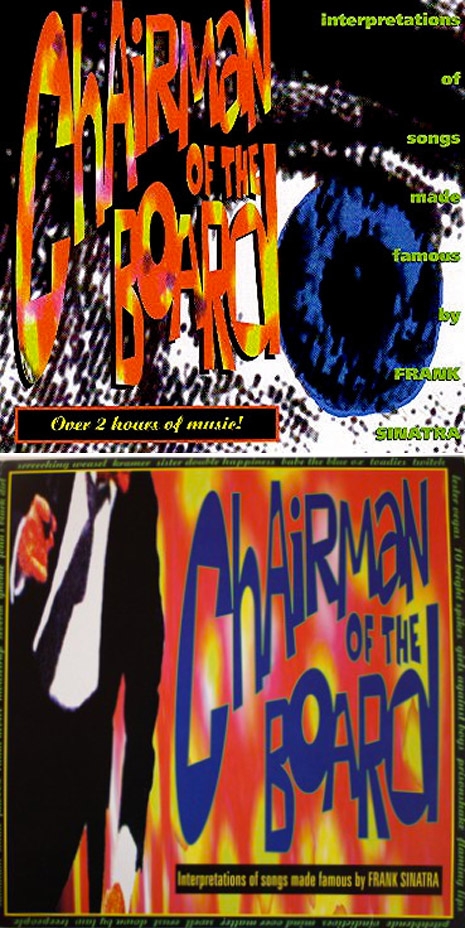
Democratizing the means of cultural production had its downsides, too.
Continues after the jump…






